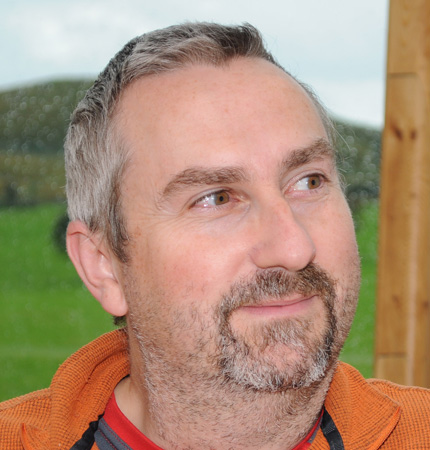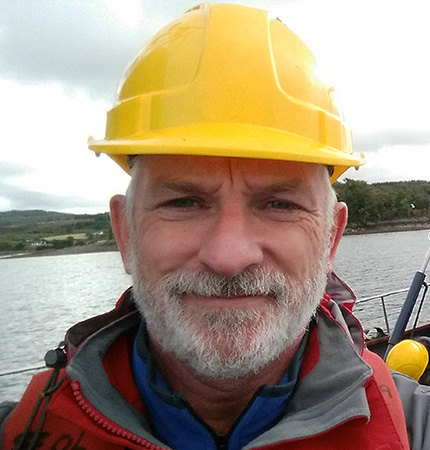Plankton monitoring and risk assessment to safeguard finfish aquaculture
Farmed Atlantic Salmon is the UK’s biggest food export with an annual turnover exceeding £ 1 billion. This mainstay of our blue economy is principally located on the Scottish west coast and islands where it improves livelihoods, economic prosperity, social inclusion and wellbeing in remote communities, as well as providing a low carbon sustainable food.
Elevated abundances of naturally occurring planktonic organisms (harmful phytoplankton, jellyfish and hydrozoans (hereafter collectively termed “plankton”)) are increasingly understood to deteriorate the health of farmed salmon, negatively affecting fish welfare and the economic and environmental sustainability of the industry. Historically, most concern has been over harmful phytoplankton, but there is increasing evidence that hydrozoans and other jellyfish are also a major problem. A recent Scottish Government fish farm production survey highlighted micro-jellyfish as the cause of a significant drop in salmon production.
Harmful algal blooms (HABs) have long posed a risk to the survival of farmed fish Different taxa may be harmful through a) physical irritation of the gills, b) reduced levels of dissolved oxygen and hypoxia, c) toxicity, d) production of reactive oxygen species. Through modification of physical and chemical oceanographic conditions that drive blooms, climate change is influencing their spatial and temporal dynamics and increasing risk to aquaculture. The economic impacts of HAB events can be significant, e,g. a recent major farmed fish kill in Chile killed 29 million salmon at a cost of USD 800M.
Hydrozoans and jellyfish pose a great threat to aquaculture with effects including mass mortality events and damage to skin, eyes and gills, which in turn can trigger or exacerbate other infections, such as amoebic gill disease. Ingestion can damage fish digestive systems and cause negative behavioral responses. The economic impacts of jellyfish blooms on marine finfish aquaculture were brought into public awareness by a massive bloom of Pelagia noctiluca that killed more than 100,000 farmed fish in Northern Ireland in 2007. The bloom extended into Scottish waters, covering hundreds of square kilometers. In addition to such high-profile events, mortalities are a recurrent problem with the literature indicating that jellyfish blooms are increasing in frequency and size due to a range of factors including climate change, food-web changes caused by over-fishing, changing nutrient profiles and increases in marine litter, which may provide settlement sites for benthic stages. Industry observations indicate that the problem has been acute in recent years.
To achieve sustainable development in a changing climate the aquaculture industry urgently requires better understanding of the environmental conditions that promote plankton blooms, and enhanced methods for monitoring, forecasting and rapidly disseminating the occurrence of these events to allow sufficient time to undertake mitigation.
Our consortium will therefore address plankton impact on aquaculture through
1) The combination of farm-based microscope plankton monitoring with novel automated imaging approaches using the Imaging FlowCytoBot ,
2) AI based classification and enumeration of automatically imaged plankton,
3) Mathematical model-based assessment and forecast of plankton risk
4) Data synthesis, interpretation and real time web-based reporting to the aquaculture industry of plankton risk.
The role of SAMS
SAMS leads the project. We also lead the development of approached for plankton Imaging using the Imaging FlowCytoBot at located at an aquaculture site in Shetland, their interpretation using AI based approaches and the real time dissemination of data via www.HABreport.org
SAMS also leads the Lagrangian (Westcoms based) modelling of HAB events to provide early warning, the experimental component of the jellyfish/hydrozoan component of the project.






